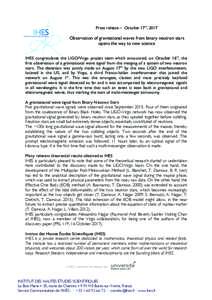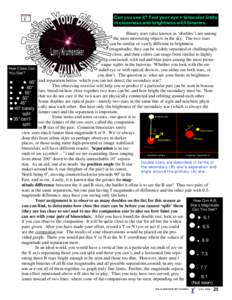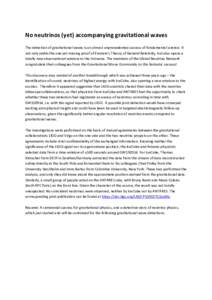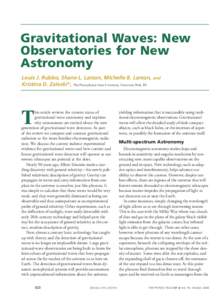<--- Back to Details
| First Page | Document Content | |
|---|---|---|
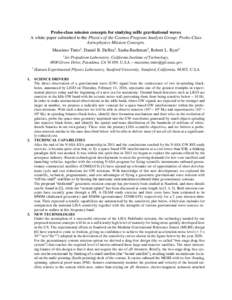 Date: 2016-03-01 09:47:21Spaceflight Spacecraft Outer space Earth orbits Gravitational-wave astronomy Space observatories Evolved Laser Interferometer Space Antenna Binary stars LIGO LISA Pathfinder Satellite Comsat |
Add to Reading List |
 Probe-class mission concepts for studying mHz gravitational waves A white-paper submitted to the Physics of the Cosmos Program Analysis Group: Probe-Class Astrophysics Mission Concepts. Massimo Tinto1, Daniel B. DeBra2,
Probe-class mission concepts for studying mHz gravitational waves A white-paper submitted to the Physics of the Cosmos Program Analysis Group: Probe-Class Astrophysics Mission Concepts. Massimo Tinto1, Daniel B. DeBra2, 